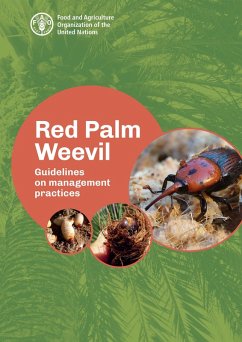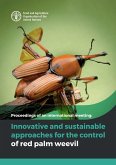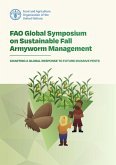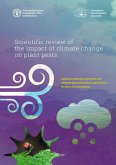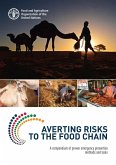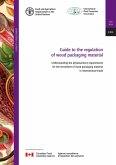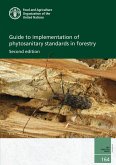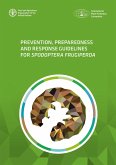In most of the countries affected, failure to manage RPW can be attributed to a lack of awareness about this pest and to lack of systematic and coordinated control actions or management strategies that involve all stakeholders. These guidelines have been developed by FAO to support all those involved in the day-to-day management of RPW in the field (including farmers and pest-management professionals), researchers, and the decision-makers and administrative stakeholders who support the implementation of integrated pest management (IPM) strategies for RPW. Written by internationally recognized RPW experts, the guidelines describe the biology and host range of RPW and address all aspects of RPW-IPM, including surveillance, phytosanitary measures, early detection, pheromone trapping protocols, preventive and curative chemical treatments, removal and safe disposal of severely infested palms, and best agricultural practices to mitigate attacks by this lethal pest of palms.
Dieser Download kann aus rechtlichen Gründen nur mit Rechnungsadresse in A, B, CY, CZ, D, DK, EW, E, FIN, F, GR, H, IRL, I, LT, L, LR, M, NL, PL, P, R, S, SLO, SK ausgeliefert werden.

